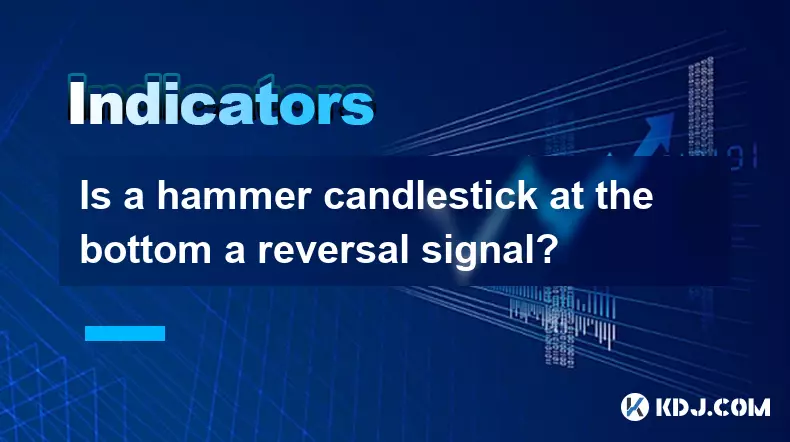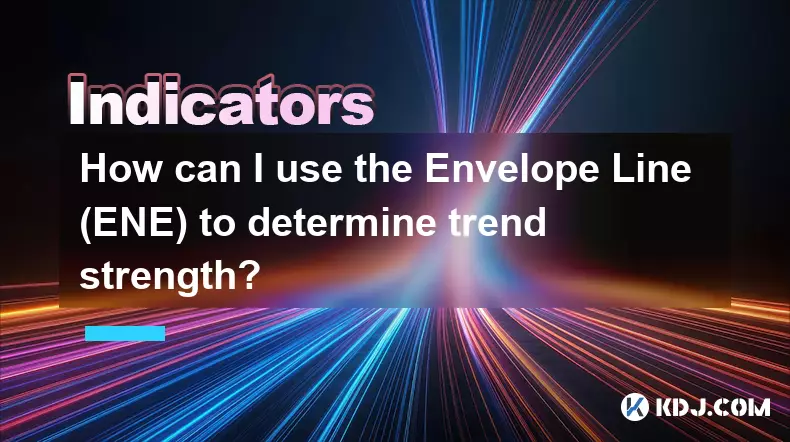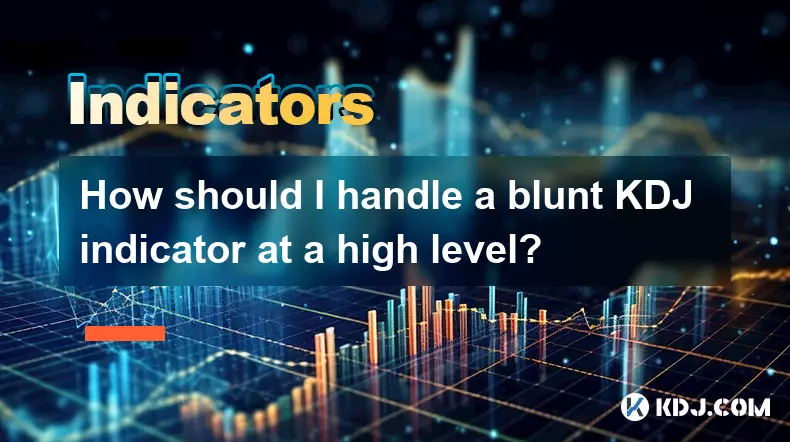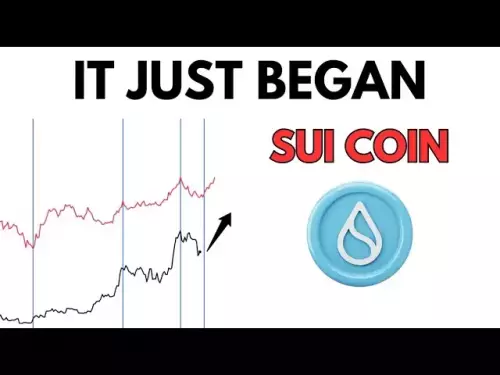-
 bitcoin
bitcoin $117366.968408 USD
0.60% -
 ethereum
ethereum $4611.537173 USD
-0.02% -
 xrp
xrp $3.089373 USD
0.06% -
 tether
tether $1.000286 USD
-0.03% -
 bnb
bnb $986.505381 USD
-0.03% -
 solana
solana $247.629906 USD
0.68% -
 usd-coin
usd-coin $0.999771 USD
-0.03% -
 dogecoin
dogecoin $0.281380 USD
-0.26% -
 cardano
cardano $0.931695 USD
1.71% -
 tron
tron $0.352059 USD
2.40% -
 hyperliquid
hyperliquid $58.226337 USD
-0.94% -
 chainlink
chainlink $24.805082 USD
3.27% -
 avalanche
avalanche $35.625687 USD
10.55% -
 ethena-usde
ethena-usde $1.000922 USD
-0.02% -
 sui
sui $3.883984 USD
2.13%
Is a hammer candlestick at the bottom a reversal signal?
A hammer candlestick after a downtrend signals potential bullish reversal, especially with high volume and confirmation from the next candle’s higher close.
Sep 10, 2025 at 01:01 am

Understanding the Hammer Candlestick Pattern
1. The hammer candlestick is a single-candle formation that typically appears at the end of a downtrend. It features a small body located at the upper end of the trading range, with a long lower shadow that is at least twice the length of the body. This structure indicates that sellers pushed prices down during the session, but buyers regained control and drove the price back up toward the opening level.
2. The presence of a long lower wick suggests strong rejection of lower prices. In the context of a prolonged decline, this can signal exhaustion among bears and increasing buying pressure. Traders interpret this as a potential shift in market sentiment, where downward momentum may be weakening.
3. For the pattern to carry more weight, it should appear after a clear downward movement. A hammer forming in a sideways or choppy market may not have the same predictive value. Confirmation from the following candle—such as a strong bullish close—is often required before acting on the signal.
4. The color of the hammer’s body can also offer insight. A green or white body (closing near the high) is viewed as more bullish than a red or black body (closing near the low), even if both meet the structural criteria. Still, both variations are considered valid reversal indicators when supported by volume and broader market conditions.
Psychology Behind the Hammer Formation
1. Market psychology plays a crucial role in the reliability of the hammer pattern. During the session, panic or aggressive selling drives the price significantly lower, creating fear among short-term holders. However, institutional or informed buyers step in, absorbing the sell orders and pushing the price back up.
2. This reversal within the session reflects a shift from capitulation to accumulation. Retail traders might continue selling into weakness, but large players could be establishing positions at discounted levels, laying the foundation for a potential upward move.
3. The long lower shadow represents a failed breakdown. When the market tests new lows but fails to sustain them, it undermines bearish confidence. Repeated failures to make lower lows can erode the dominance of sellers, setting the stage for a trend reversal.
4. Volume enhances the credibility of the hammer. A spike in trading activity during the formation suggests strong participation, making the reversal signal more trustworthy. Low-volume hammers may reflect noise rather than genuine buying interest.
Confirmation and Risk Management
1. A hammer alone is not sufficient to justify a trade entry. Traders wait for confirmation, usually in the form of a higher close on the next candle. This follow-through demonstrates that buyers are maintaining control and that the reversal has momentum.
2. Entry points are often placed above the high of the hammer candle to ensure breakout validation. Stop-loss orders are typically set below the low of the hammer to limit downside risk if the reversal fails.
3. False signals do occur. Markets can retest previous lows after a hammer forms, triggering stop losses before resuming upward. This whipsaw effect is common in volatile crypto markets, where sentiment shifts rapidly.
4. Combining the hammer with other technical tools improves accuracy. Support levels, moving averages, RSI divergence, or Fibonacci retracements can provide additional confluence. For example, a hammer forming near a key support zone carries stronger implications than one appearing in open space.
Application in the Cryptocurrency Market
1. In highly volatile assets like Bitcoin or altcoins, hammer patterns emerge frequently due to sharp price swings. Their prevalence means not every hammer leads to a sustained reversal; discernment is essential.
2. A hammer at the bottom of a steep correction in a major cryptocurrency, especially after oversold RSI readings, often precedes strong bounce-backs. These moments attract contrarian investors who anticipate mean reversion.
p>3. Exchange-specific factors such as liquidation cascades can create artificial spikes in selling pressure, leading to exaggerated lower shadows. Recognizing whether the hammer resulted from forced liquidations or organic buying helps assess its validity.
4. Timeframe matters. A daily hammer holds more significance than a 15-minute hammer, particularly for swing and position traders. Higher timeframes filter out noise and reflect broader consensus among market participants.
Frequently Asked Questions
What distinguishes a hammer from a hanging man?The hammer and hanging man have identical candle structures. The difference lies in context: the hammer appears after a downtrend and signals potential bullish reversal, while the hanging man occurs after an uptrend and warns of bearish reversal.
Can a hammer form at resistance?Yes, but its interpretation changes. A hammer at resistance suggests rejection of higher prices, which contradicts its typical bullish implication. In such cases, it may indicate indecision rather than strength.
Does the upper shadow matter in a hammer?Ideally, the upper shadow should be minimal. A long upper shadow would suggest rejection at higher levels, weakening the bullish case. The focus remains on the long lower shadow as evidence of buying absorption.
How reliable is the hammer pattern in low-cap altcoins?Low-cap altcoins are prone to manipulation and erratic price action. While hammers do appear, their reliability decreases without volume confirmation and alignment with broader market trends. Caution is advised when trading solely on candlestick patterns in illiquid tokens.
Disclaimer:info@kdj.com
The information provided is not trading advice. kdj.com does not assume any responsibility for any investments made based on the information provided in this article. Cryptocurrencies are highly volatile and it is highly recommended that you invest with caution after thorough research!
If you believe that the content used on this website infringes your copyright, please contact us immediately (info@kdj.com) and we will delete it promptly.
- Velo in Q2 2025: Navigating Growth with PayFAi and Strategic Partnerships
- 2025-09-19 22:25:17
- Suryakumar Yadav, Asia Cup, and the Unshaken Hand: More Than Just a Toss
- 2025-09-19 22:25:17
- BTC Holders, Cloud Mining & Daily Cash Flow: A New Era
- 2025-09-19 22:30:16
- Meme Coins in September 2025: The Rise of New Contenders and Shifting Popularity
- 2025-09-19 22:30:16
- Michigan Mulls Bitcoin: Should State Funds Go Crypto?
- 2025-09-19 22:35:13
- Falcon Finance, Tokenomics, and $FF Token: A New Era for On-Chain Finance?
- 2025-09-19 22:35:13
Related knowledge

How can I use the psychological line (PSY) to determine market sentiment?
Sep 17,2025 at 02:19pm
Understanding the Psychological Line (PSY) in Cryptocurrency TradingThe Psychological Line, commonly referred to as PSY, is a momentum oscillator used...

What does a death cross of the RSI in the strong zone (above 50) mean?
Sep 17,2025 at 10:54pm
Understanding the Death Cross in RSI Context1. The term 'death cross' is traditionally associated with moving averages, where a short-term average cro...

How can I use the Envelope Line (ENE) to determine trend strength?
Sep 19,2025 at 05:00pm
Understanding the Envelope Line (ENE) in Crypto TradingThe Envelope Line, commonly referred to as ENE, is a technical indicator used in cryptocurrency...

How should I handle a blunt KDJ indicator at a high level?
Sep 18,2025 at 09:19pm
Understanding a High-Level Blunt KDJ Indicator1. The KDJ indicator, widely used in cryptocurrency trading, combines the stochastic oscillator principl...

How do I interpret a golden cross above the zero line on the MACD indicator?
Sep 19,2025 at 05:18pm
Understanding the MACD Indicator Structure1. The MACD (Moving Average Convergence Divergence) indicator consists of three main components: the MACD li...

What is the Three Crows candlestick pattern? Is it a scary pattern?
Sep 18,2025 at 03:55am
Understanding the Three Crows Candlestick Pattern1. The Three Crows is a bearish reversal pattern in technical analysis, commonly observed after an up...

How can I use the psychological line (PSY) to determine market sentiment?
Sep 17,2025 at 02:19pm
Understanding the Psychological Line (PSY) in Cryptocurrency TradingThe Psychological Line, commonly referred to as PSY, is a momentum oscillator used...

What does a death cross of the RSI in the strong zone (above 50) mean?
Sep 17,2025 at 10:54pm
Understanding the Death Cross in RSI Context1. The term 'death cross' is traditionally associated with moving averages, where a short-term average cro...

How can I use the Envelope Line (ENE) to determine trend strength?
Sep 19,2025 at 05:00pm
Understanding the Envelope Line (ENE) in Crypto TradingThe Envelope Line, commonly referred to as ENE, is a technical indicator used in cryptocurrency...

How should I handle a blunt KDJ indicator at a high level?
Sep 18,2025 at 09:19pm
Understanding a High-Level Blunt KDJ Indicator1. The KDJ indicator, widely used in cryptocurrency trading, combines the stochastic oscillator principl...

How do I interpret a golden cross above the zero line on the MACD indicator?
Sep 19,2025 at 05:18pm
Understanding the MACD Indicator Structure1. The MACD (Moving Average Convergence Divergence) indicator consists of three main components: the MACD li...

What is the Three Crows candlestick pattern? Is it a scary pattern?
Sep 18,2025 at 03:55am
Understanding the Three Crows Candlestick Pattern1. The Three Crows is a bearish reversal pattern in technical analysis, commonly observed after an up...
See all articles










































































